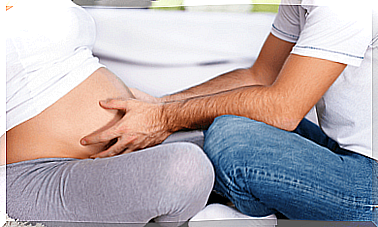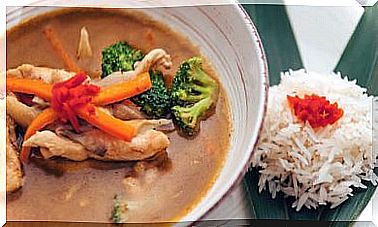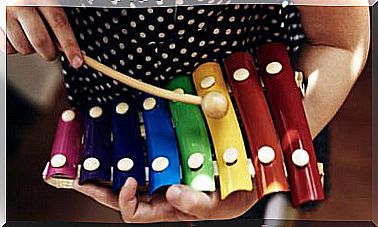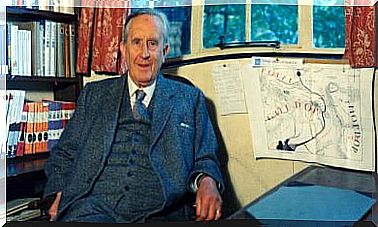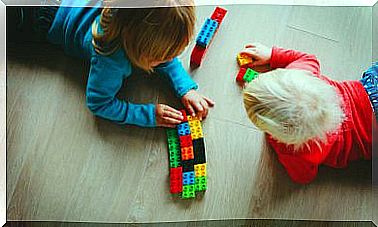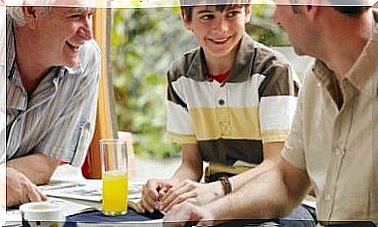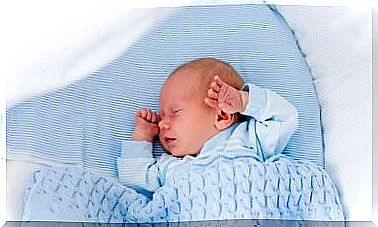Seven Steps To Understanding And Learning Effectively
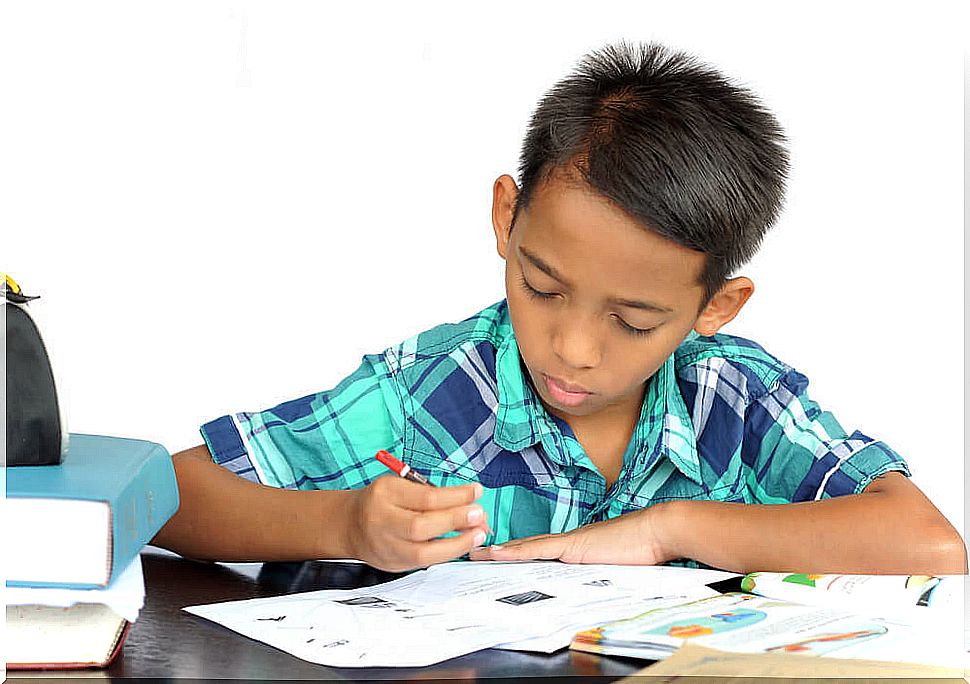
In this article we present seven steps to understanding and learning effectively. These steps, in turn, help exercise comprehensive memory. Such memory makes stored knowledge easier to retain and express, and more difficult to forget.
What can we do to understand and learn effectively?
To achieve a better understanding of a written text, the following steps or strategies can be followed:
Global reading of the text
First, we will do a quick reading of the text to get a general idea of what it is about. Likewise, it is important to read the title of the text, as it will help us understand it better and we will be able to capture some information as soon as we begin.
Comprehensive reading of each paragraph
Later, we will read carefully and carefully each of the paragraphs of the text. In this way, we will extract the main idea that each paragraph wants to convey to us. To do this, we can ask ourselves: “What is this paragraph talking about?”, “What does it say?” . If we have not understood it correctly, we will reread it as many times as necessary to understand it.

Next, we must put a title to each of the paragraphs. This title will reflect the theme or main ideas of the excerpt. Keep in mind that the title is not a summary, so one or two words is enough. To make it clearer, it is advisable to underline the keywords that represent the main idea.
Detect the internal organization of the text
The next step is to recognize the internal organization of the text. It is important to know that all written texts have a form of organization. Similarly, this organization can be detected and represented graphically. Thus, there are five basic ways to organize the information in a text:
- Comparison. The text compares two or more elements or phenomena. For example, temperate weather can be compared to warm weather. In each of them they will indicate their characteristics. If in doubt, we can ask ourselves what the differences and similarities are.
- Problem and solution. In this type of organization one part of the text exposes a problem and the other part exposes the solutions. For example, when they talk to us about poverty in the world and how to avoid such poverty, sometimes they will give more than one solution, therefore, it is good that we separate each of them by points.
- Causality. Texts of causality relate two or more phenomena in terms that one is the cause of the other. For example, ” environmental pollution is the main cause of global warming . ” In this type of text there may be an antecedent that gives rise to one or more causes. Likewise, several antecedents may be responsible for the appearance of another phenomenon (cause).
- Description. As its name says, the text describes an event, a fact, a character … To make the diagram, it is good that we separate the aspects that are described. For example, in a text that tells us about a country, we will differentiate its geography, its economy, its culture….
- Sequence. This type of text describes the steps or phases of an event over time. For example, in a text that tells us about how volcanoes were formed, in the diagram of the diagram we will indicate all the phases separately.
More steps to understand and learn effectively
Locate the components of the organization
Once we know the organization that has the text, we must find in which paragraphs are the basic components of the organization. In such a way that, if it is a text with a problem and solution organization, we will have to find where the problem is and where the solution is.
Build the text outline
Detected the organization of the text and its components, we will make the diagram of the scheme. An outline is the way to organize the information that we have extracted from analyzing the text. Therefore, we will make a graph that expresses the general organization and its components. Now, to build it, we will ask ourselves the following questions:
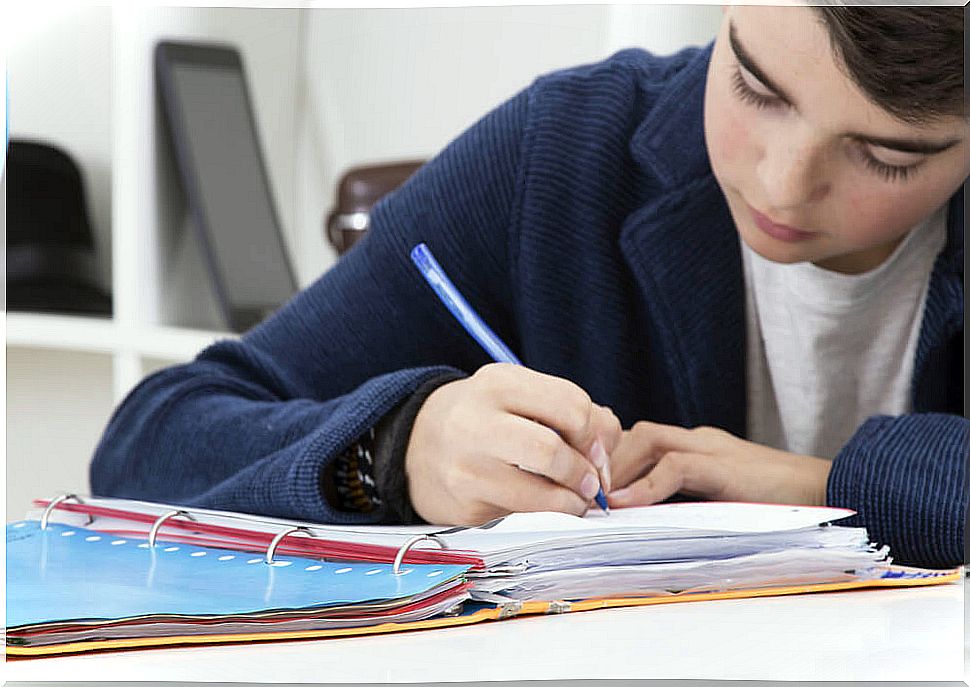
- What graphic representation corresponds to this type of organization?
- How many reflection components to organize my ideas?
For example, if it is a text with a causal organization, we will ask ourselves: “What or what are the antecedents and what or what are the causes?”
Construct the meaning: summary of the text
In the previous phase we only made the diagram of the scheme. Well, now we have to put text to the scheme. To do this, we will make a good summary with the main ideas and the most relevant information. The priority must stand out from the secondary. Keep in mind that, to make a good summary we must:
- Be short and precise.
- Express in our own words the main ideas of the text. Always in an organized way, with continuity and coherence.
- Skip the elements that are not important to interpret and understand the text.
- Replace various elements with more general concepts or more specific ideas.
- Start with the information we already know and expand it with the new information. In this way, we will increase our knowledge.
Asking questions from the text
Finally, we must ask ourselves questions about the text. For example: “What could they ask us on the exam and in class?” , and, “If I were a teacher, what would I ask my students?”
To keep in mind about the steps to understand and learn effectively
If we get our children to follow these steps when studying, we will increase their ability to understand, remember and express oral and written. And, therefore, the learnings will be meaningful, easy to remember and will be able to express themselves in any situation.


